What is devolution and how does it work in the UK?
- Published
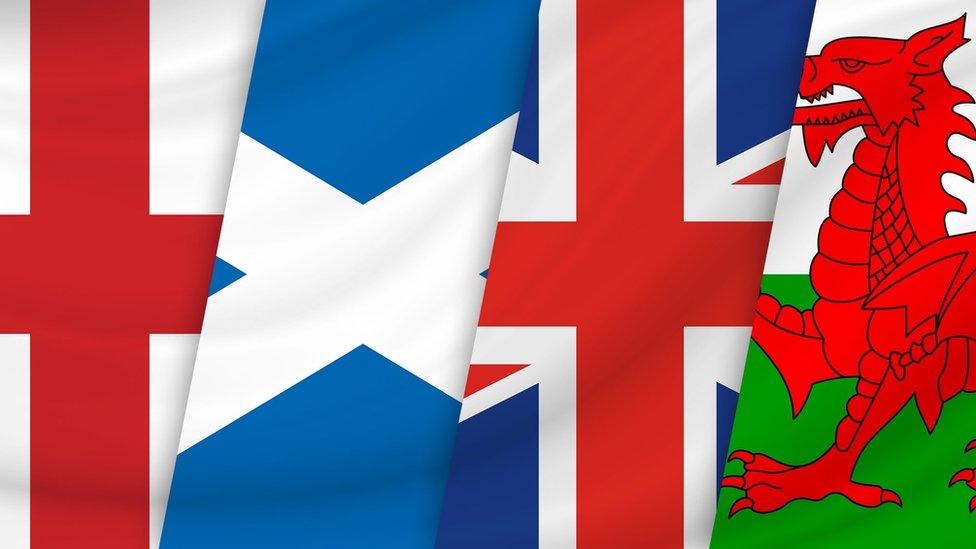
Prime Minister Keir Starmer and Deputy Prime Minister Angela Rayner have met England's regional mayors to discuss "shifting power out of Westminster".
The UK has had devolved governments since the late 1990s, which work alongside the Westminster Parliament.
There are different types of devolution across the UK's nations and parts of England.
What is devolution?
For many years England, Wales, Scotland and Northern Ireland were run by the UK government, based in Westminster in London, but there were growing calls to transfer some of this power to Edinburgh, Cardiff and Belfast.
Public votes about devolution were held in 1997 in Scotland and Wales, and on both sides of the Northern Irish/Irish border in 1998 as part of the Good Friday Agreement.
This led to the creation of three elected institutions:
the Scottish Parliament
the National Assembly for Wales (now called the Senedd)
the Northern Ireland Assembly.
A number of mayoral posts have also been introduced in England, with varying powers.
What has the new Labour government said about devolution?

Speaking ahead of her meeting with the mayors, Ms Rayner said that "for too long" Westminster had "tightly gripped control" and "held back opportunities for towns, cities and villages across the UK".
Sir Keir said the government will let "those with skin in the game - those that know their communities - make much better decisions".
Mayors will be required to draw up local plans to boost economic growth, which is one of the new government's five "missions".
What powers does the UK government still have?
The UK government in Westminster remains responsible for policies which affect just England, as well as overall policy in a number of areas.
These include defence and national security, foreign policy, immigration, citizenship and tax - although Scotland has its own powers to raise and lower income tax.

How does devolution work in Scotland?
The Scottish Parliament sits at Holyrood in Edinburgh. There are 129 elected Members of the Scottish Parliament (MSPs).
Scotland already had its own legal and education system. After devolution, it became responsible for many other areas, including:
Agriculture, forestry and fishing
Education
Environment
Health
Housing
Justice, policing and courts
Local government
Some transport
Taxes including income tax, stamp duty and air passenger duty
Some welfare powers
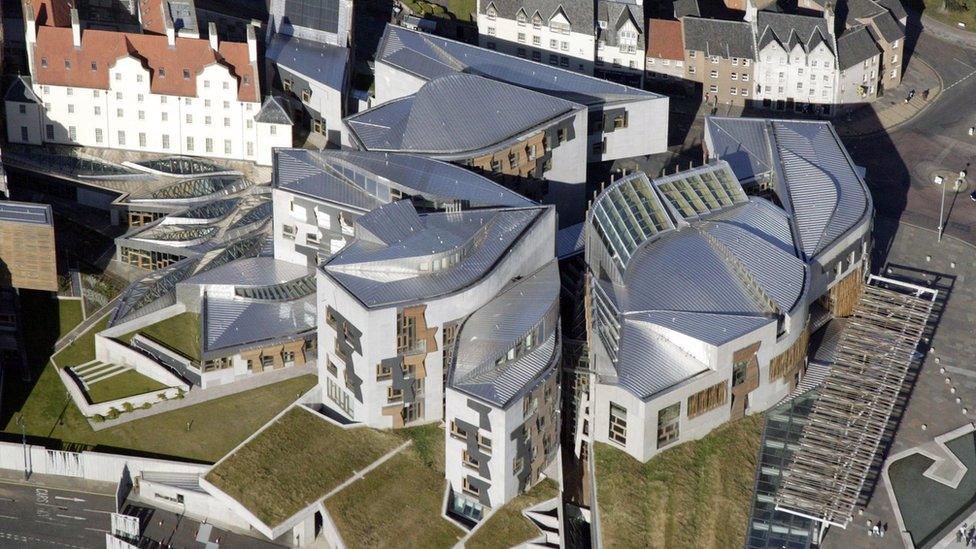
Its powers were extended in 2012, after the 2014 referendum on whether Scotland should become independent, and again in 2016 through the Scotland Act.
The Scottish National Party (SNP), which has formed the Scottish government at Holyrood since 2007, continues to argue for full independence.
How does devolution work in Wales?
Since May 2020, the National Assembly of Wales has been known as the Senedd Cymru (Welsh Parliament). It meets in Cardiff Bay, and is made up of 60 elected Members of the Senedd (MS).
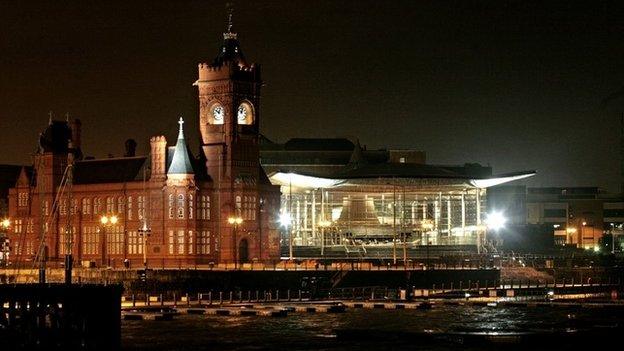
The Senedd's responsibilities include:
Agriculture, forestry and fishing
Education
Environment
Health and social care
Housing
Local government
Highways and transport
Some control over income tax, stamp duty and landfill tax
Welsh language
How does devolution work in Northern Ireland?
The Northern Ireland Assembly sits at Stormont in Belfast. There are 90 elected Members of the Legislative Assembly (MLAs).
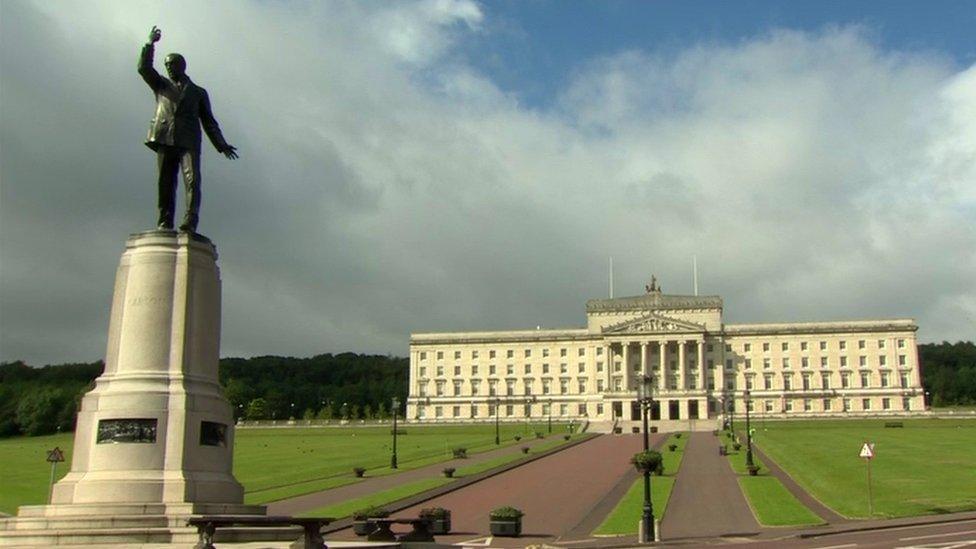
Devolution in Northern Ireland is different to Scotland and Wales, with government powers divided into three categories:
Transferred powers controlled by the Northern Ireland Assembly
Reserved powers remain with Westminster, but could be transferred in the future if the Northern Ireland Executive wants them. These include prisons and civil defence
Excepted powers cannot be moved to Stormont without special laws being made in Westminster. They include elections and national defence
Stormont's main powers include:
Agriculture
Education
Environment and planning
Health and social services
Local government
Justice, policing and prisons
Control over air passenger duty
Transport
Culture, language and sport
The power-sharing agreement between the nationalist and unionist communities in Northern Ireland is also key.
The First Minister and Deputy First Minister - one representing each of the two largest parties in power - jointly lead the government in a mandatory coalition. Despite different job titles, they have the same powers.
The assembly was dissolved for three years after relations broke down between governing parties - the Democratic Unionist Party (DUP) and Sinn Féin - in January 2017.
The two parties re-entered devolved government in January 2020 alongside three smaller parties - the Ulster Unionists, SDLP and Alliance.
But in February 2022, the DUP again boycotted the executive in protest against post-Brexit trade agreements.
Two years later, devolved government was restored when the DUP agreed to return after reaching a new trade deal with Westminster.
What powers do mayors have in England?
Over the past 20 years, more powers have been given to local and regional mayors in areas like transport and housing.
The Mayor of London was the first role of this kind, created alongside the London Assembly, after a referendum in 1998.
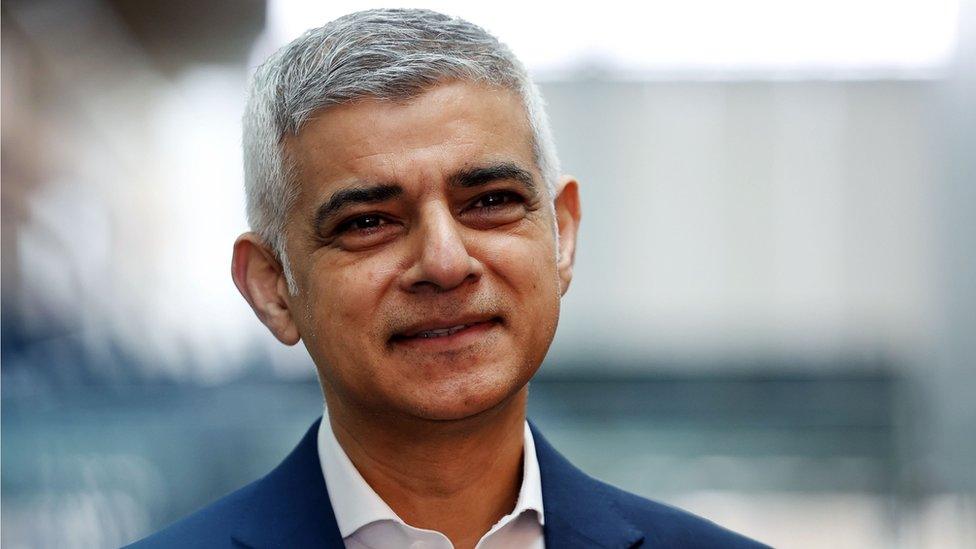
Sadiq Khan was re-elected for a second term as London mayor in May 2024
The London mayor decides how much money to spend and sets priorities in some key areas.
They can set bus and Tube fares, and decide targets for the number of affordable homes.
There are a number of other directly-elected mayors across England, with varying powers, external:
13 local authority mayors, who typically have the same powers as local authorities, which have a council leader instead of a mayor (with some exceptions)
11 metro mayors, who can set out plans to boost their local economy and have some powers over housing and transport
Norfolk and Suffolk are expected to introduce mayors in May 2025.
Local authorities in Scotland and Northern Ireland are not covered by the legislation that introduced the different types of elected mayors in England.